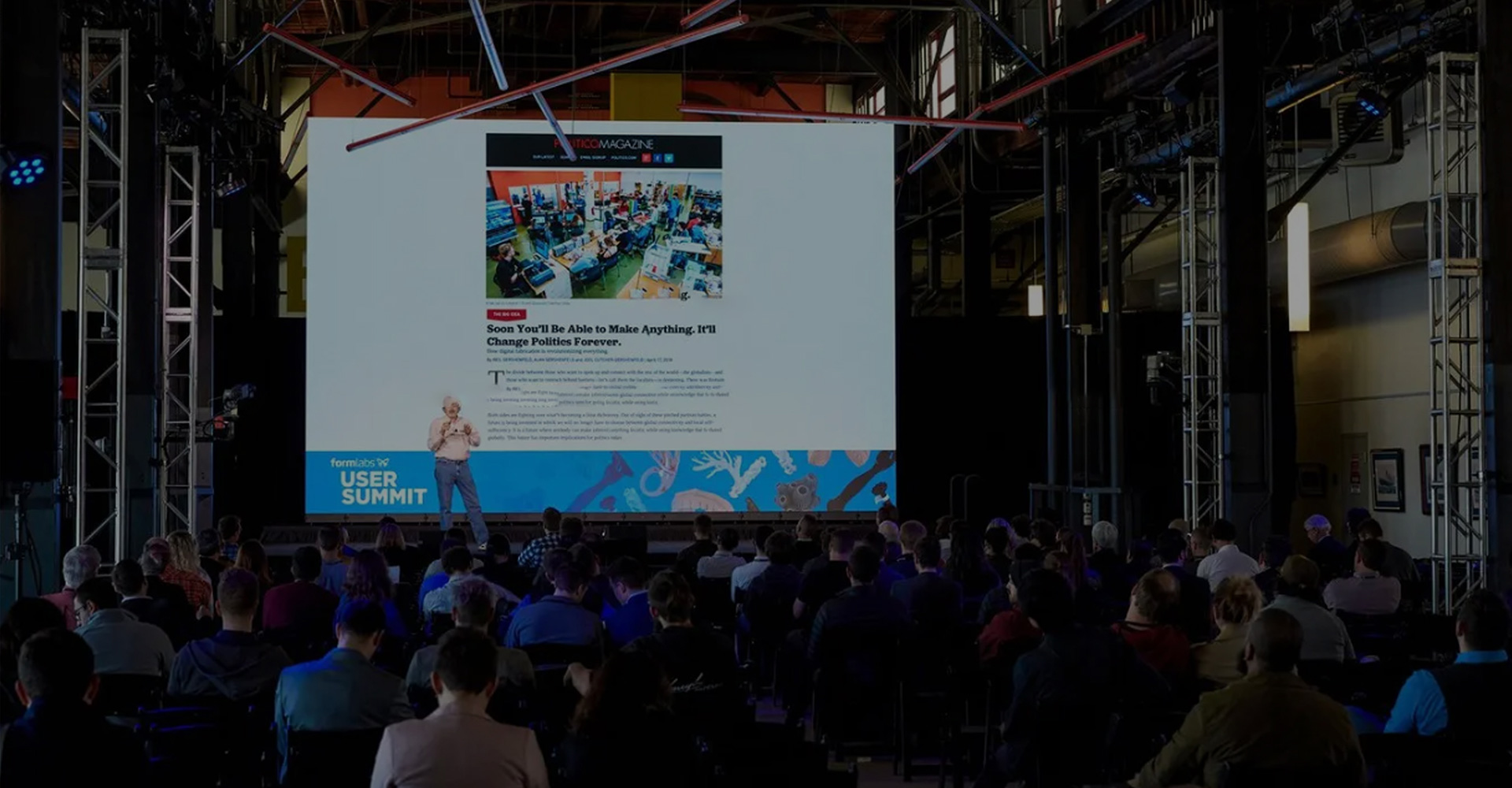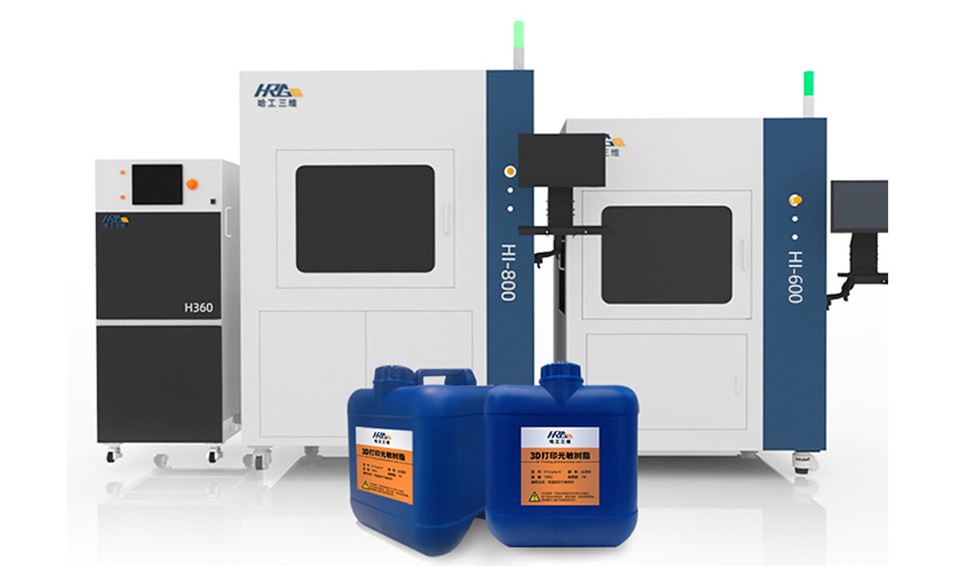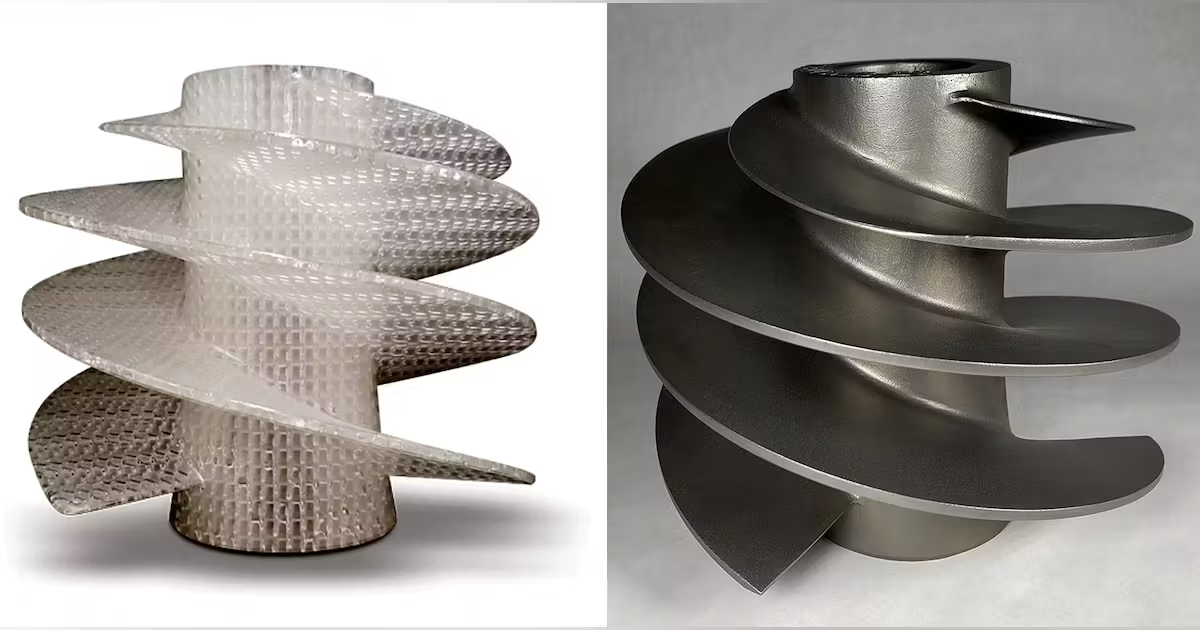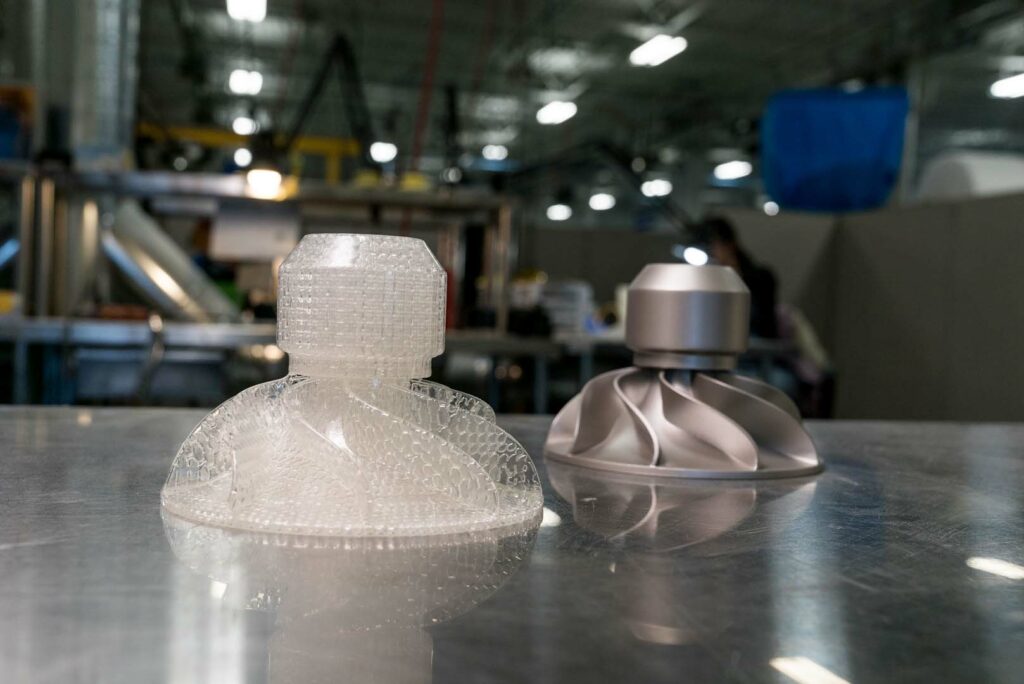
3D printing has several applications in the casting process, providing advantages such as reduced lead times, cost savings, and increased design flexibility. Here are some ways 3D printing is used in casting:
Prototyping: 3D printing allows for the rapid creation of prototype patterns, which are used to create molds for casting. This enables designers to test and iterate on their designs quickly, reducing the time and cost associated with traditional pattern-making methods.
Tooling and mold production: 3D printing can be used to produce tooling and molds directly. For example, sand molds and cores can be 3D printed, especially for complex or low-volume parts, reducing the need for traditional tooling that can be expensive and time-consuming to create.
Patternless casting: In some cases, 3D printing can eliminate the need for patterns altogether. Casting molds can be directly 3D printed using various materials, such as sand or metal, saving time and costs.
Investment casting: Wax patterns are traditionally used in investment casting. However, 3D printing can produce precise and intricate wax patterns more efficiently. This is particularly valuable for creating high-precision parts with complex geometries.
Design optimization: 3D printing allows for more intricate and lightweight designs that can be challenging to achieve with traditional casting methods. This can result in improved part performance and reduced material usage.
Rapid iteration: 3D printing allows for rapid design changes and iterations, which can be beneficial in the product development and prototyping stages of casting processes.
Customization: 3D printing enables the cost-effective production of customized or one-off castings, which is useful in applications where each part may have unique specifications.
Complex geometries: 3D printing can produce molds and cores with complex internal structures, undercuts, and intricate details that would be difficult or impossible to achieve with traditional pattern-making methods.
Repair and modification: 3D printing can be used to create replacement parts or components for existing castings, making it easier to repair or modify existing equipment.
Short-run production: For small production runs, 3D printing can be a cost-effective and efficient way to create molds and patterns, as it avoids the high setup costs associated with traditional casting methods.
In summary, 3D printing plays a significant role in the casting process, offering a range of benefits from prototyping to short-run production and design optimization. Its ability to produce complex geometries and facilitate rapid iterations makes it a valuable tool in modern casting applications.
+86 19958086067
sales@3dacme.com